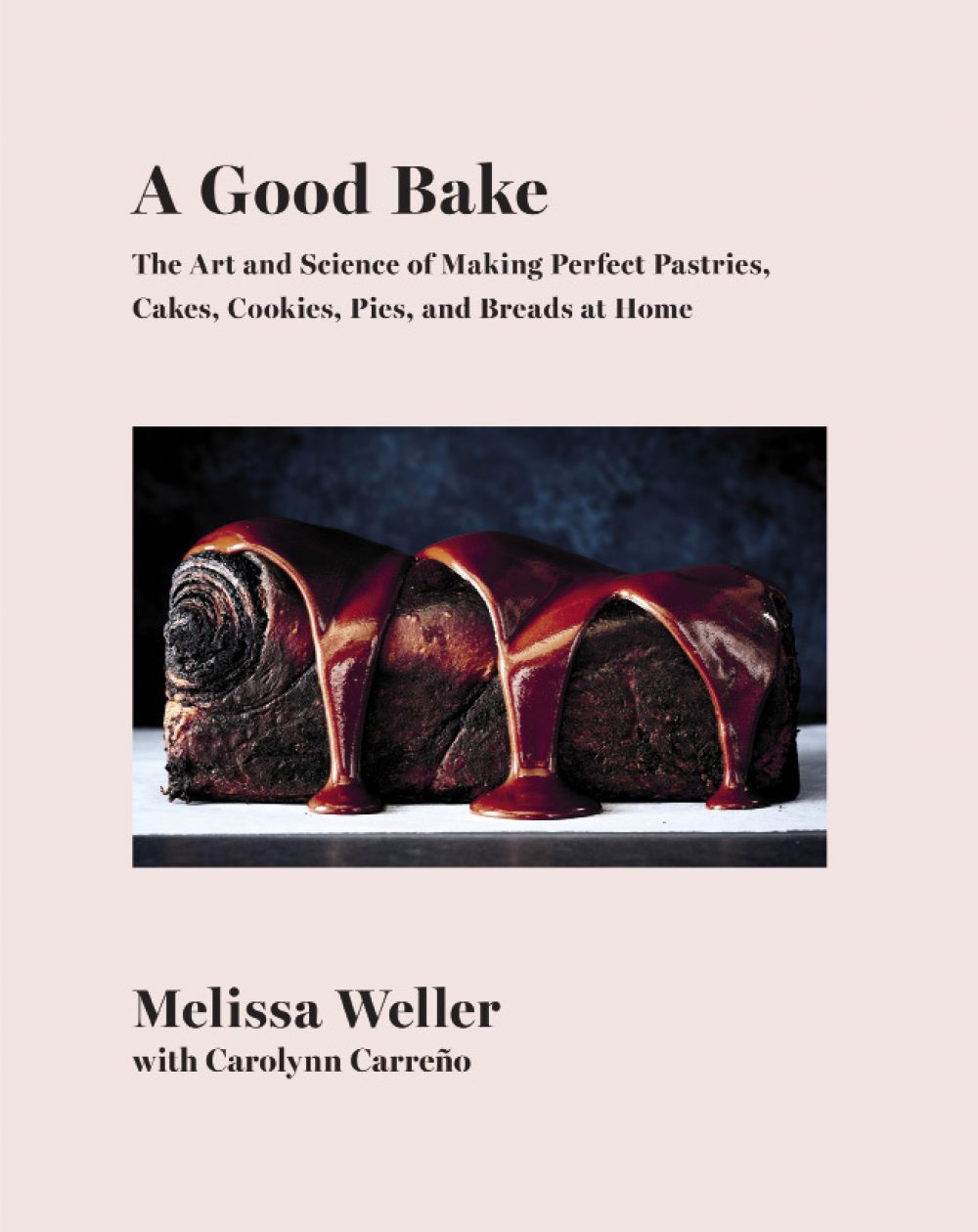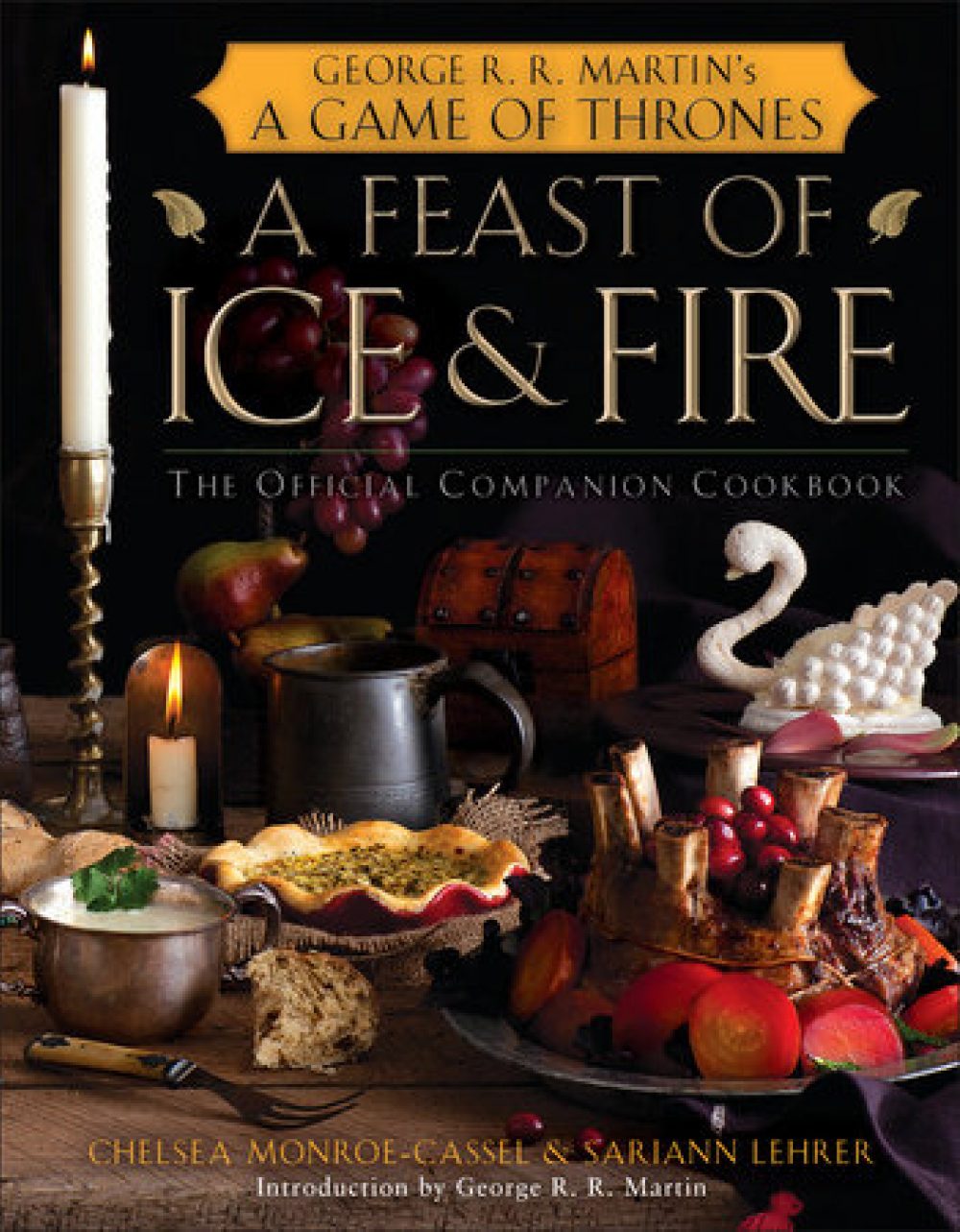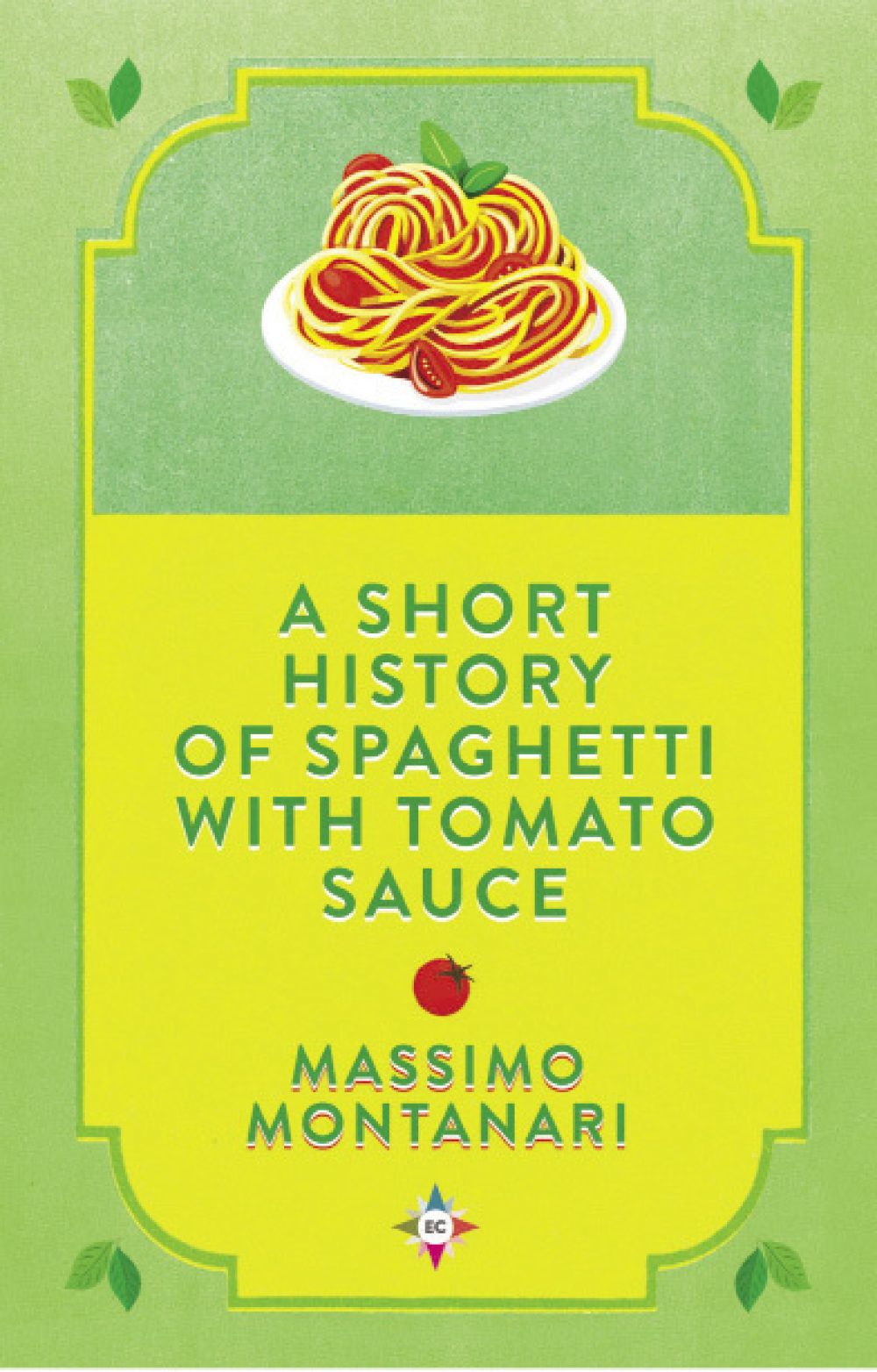A Good Bake
By Melissa Weller
Working as a chemical engineer evidently is great training to become a pastry chef. Melissa Weller has combined her love of science with her passion for baking not only to answer some of the more common questions—“How do I revive a starter?” or “How do I get the top of a sugar cookie crackly?” or “What is a float test?”—but also to produce the sorts of recipes that appeal to our inner glutton, such as salted caramel sticky buns. Weller and I might argue about how much water to put in a crust (she concludes that less water makes the dough shrink less when prebaked; I say to add as much water as you need so the dough rolls out easily), but I give her credit for both asking the question and then testing her hypothesis. From Babbo to Sullivan Street Bakery to Per Se, her culinary training and experience is first class, and she uses it to good effect to create her own baked goods—from carrot currant pecan loaf to khachapuri. A lot of folks wave the flag of food science; Weller deserves to fly it over her kitchen as a mark of well-earned respect.
A Feast of Ice and Fire
By Chelsea Monroe-Cassel and Sariann Lehrer
One might wonder why a cookbook of recipes from the George R. R. Martin series would be fodder for this column. I say, why not? The authors look to historical cookbooks for inspiration, so a dinner at Winterfell might resemble the table laid for Henry VIII. And the food is remarkably approachable, from buttered carrots to sweetcorn fritters and lemon cakes. The authors also provide two versions of every recipe: one that is close to a historical equivalent and a modern update. Try cream swans, Dornish snake with fiery sauce (tested with real snake, though chicken is the go-to substitute) and medieval crème bastard (“bastard” is an early word for custard). Chelsea Monroe-Cassel’s 2019 “Star Wars” cookbook dives even deeper into fictional food, from Mustafarian lava buns to nerf kebabs (“nerfs are scruffy, they smell terrible, and they attract bloodflies…”). If you want to play with your food or just take a fun ride through medieval cooking, this is a marvelous place to start.
A Short History of Spaghetti with Tomato Sauce
By Massimo Montanari
Let’s start at the beginning—Marco Polo did not discover pasta, nor did a crew member named “Spaghetti” (as reported in a 1929 news story). In fact, pasta was well known in Sicily and Sardinia as far back as the 13th century when dried pasta was an industry, and the Arab trade routes distributed this pasta throughout the region; they also brought filled pasta to the Mediterranean. Macaroni (or “macharoni”) may have been semolina dumplings cut from a thick dough. One recipe called for cutting the pasta as “thin as a spagho,” or string, the first hint of the origins of spaghetti. In terms of cooking pasta in water, the theory was that “opposites cure opposites,” so dried pasta needed a wet environment to make it palatable. Cheese on pasta dates back to the 13th century, and by the 1500s, macaroni with cheese was a staple to the point that “maccaron senza cascio” (macaroni without cheese) became the metaphor for imperfection. By the 17th century, pasta production in Naples had become industrialized, the price dropped, and pasta replaced the everyday diet of cabbage and meat. Spain exported the notion of a tomato sauce, which was used to accompany boiled meat and other items. In 1837, a cookbook suggested that tomato sauce might replace cheese as a pasta condiment, and two generations later, tomato sauce was the go-to topping. Garlic and onion arrived on the scene a bit later. Massimo Montanari is also a philosopher and used this recipe to make a broader point about origins: “Our roots are not ‘what we were’ but rather the encounters, exchanges and crossings that have transformed what we were into what we are.”










